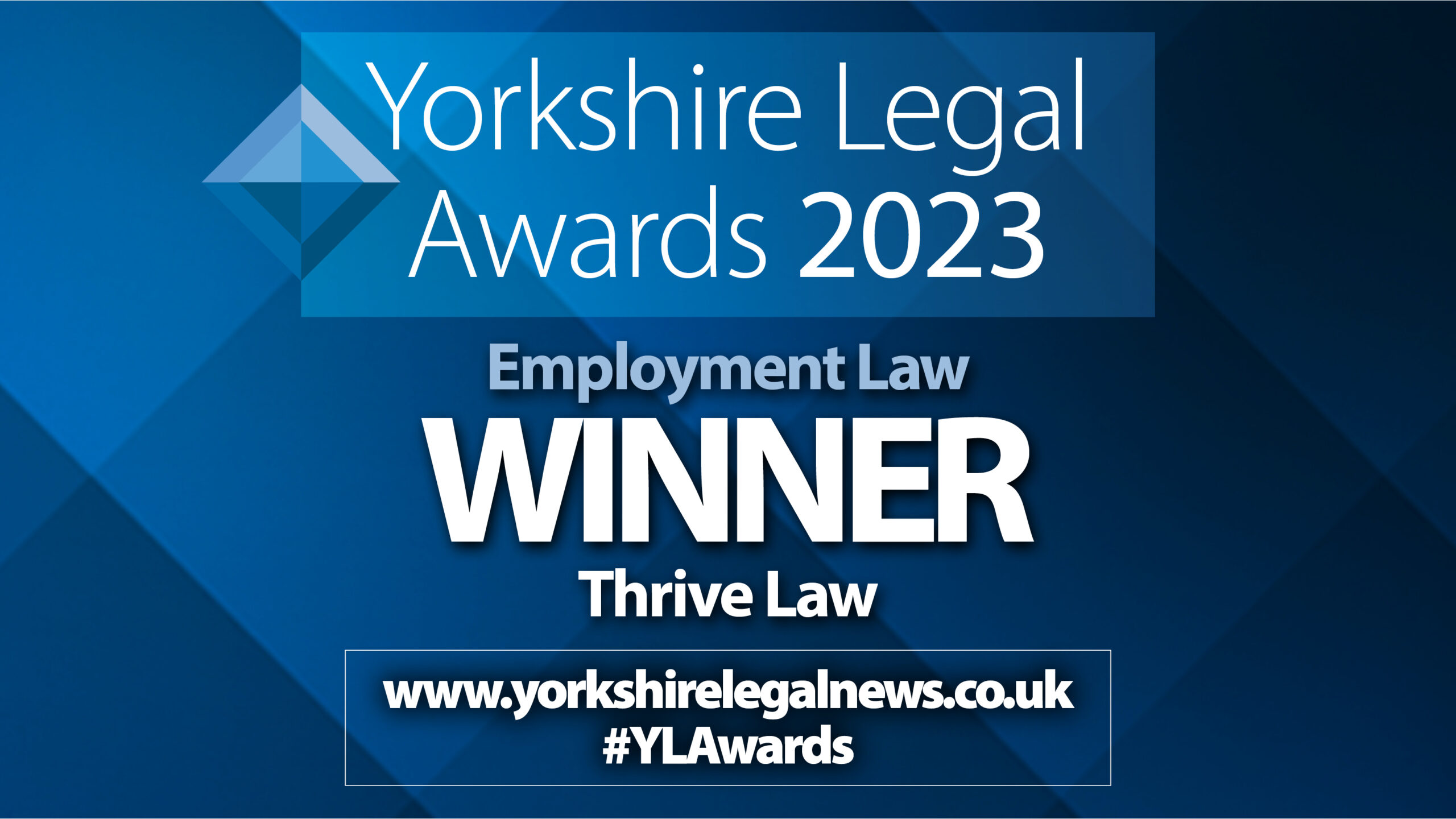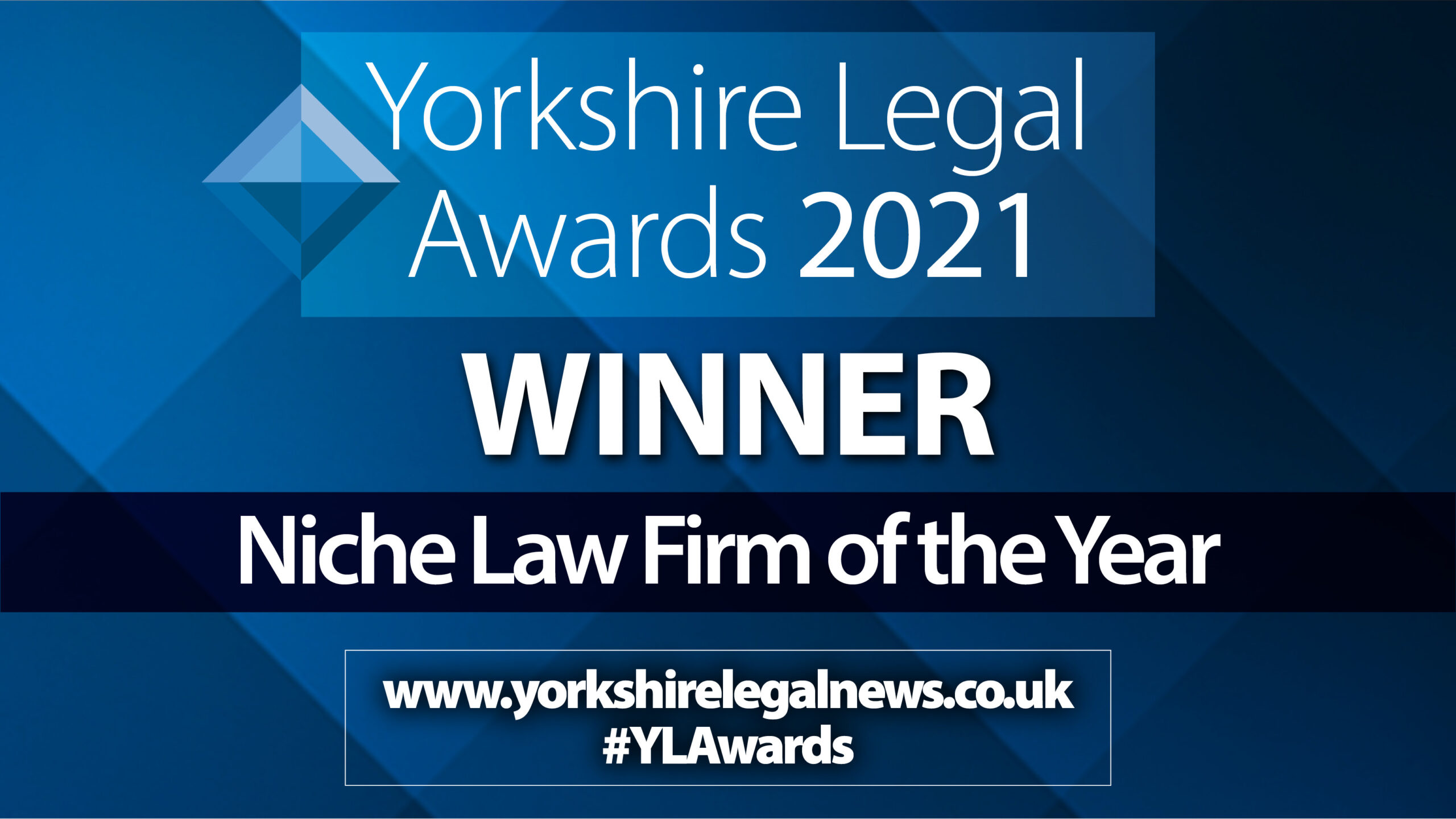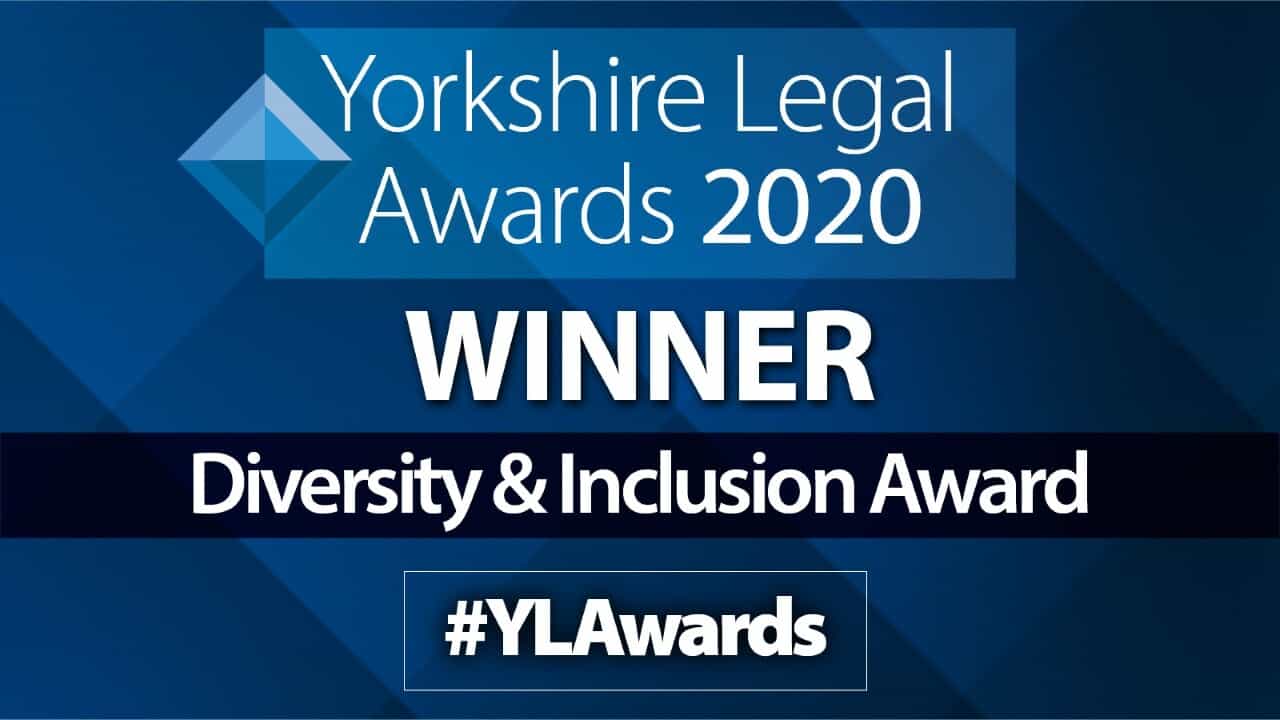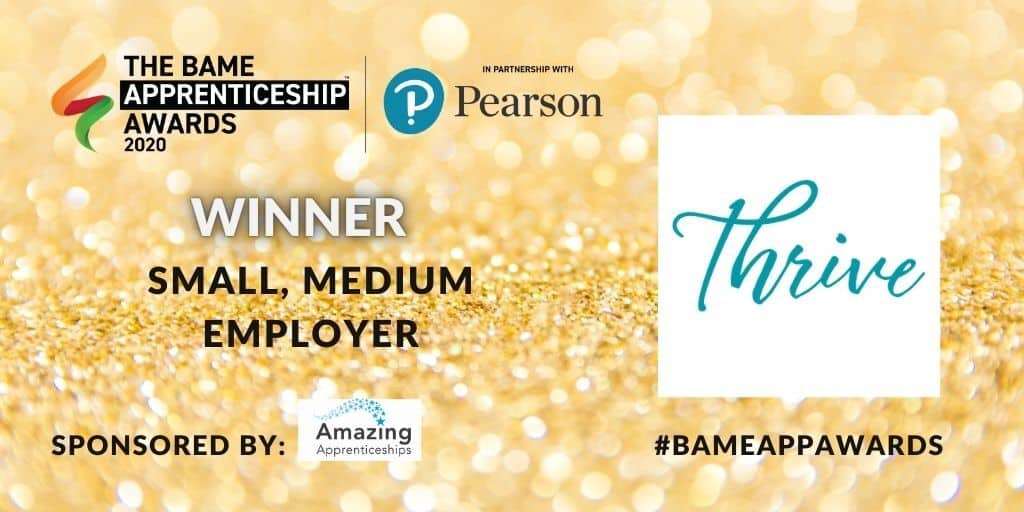Tribunal
ACAS Early Concilliation
The process of bringing a Tribunal claim usually begins with ACAS Early Conciliation.
Early Conciliation is the mandatory first step in the Tribunal process which involves communicating with an ACAS officer with a view to achieving a settlement, without proceeding the Tribunal. If this is not successful, then an ACAS Early Conciliation Certificate is issued, and you are then able to proceed to issue a claim in the employment Tribunal.
Early Conciliation is subject to specific rules, you must ensure you notify ACAS about the correct respondent (this means making sure the correct legal name and address and contact details are provided to ACAS – you can check this through this link.
You should start this process within 3 months from your dismissal date/ last date of discrimination
Contact Us
Issuing a claim
In the Tribunal, the parties are known as the “Claimant” (the Employee) and the “Respondent” (the party defending the claim – usually the Employer).
To issue a claim you must do this using an ET1 (this is the claim form). An ET1 is the start of the legal process and forms the basis of a legal claim. It is important that all the information on which the Claimant intends to rely.
A claim must be brought within 3 months less one day from the last act of discrimination, or the termination, or the “last straw” in a constructive dismissal claim. There is an extension to the time limit which occurs when a matter is with ACAS; the clock is effectively “paused” during this time. What this means is you can add however many days your case is with ACAS Early Conciliation to the time limit. You can use the dates on the ACAS Early Conciliation certificate to establish the time for which the extension applies.
The rules on this are a little confusing but you need to know that will always have at least 1 month from the date of the certificate to issue your claim. If you aren’t sure about the time limit, then contact our team and we can guide you through this.
Response to the Claim
Providing the Tribunal accepts a claim, it will serve the ET1 on the Respondent and they will then have 28 days to submit their response to your claim which they have to do on a form called ET3. The Tribunal will then send you a copy of the ET3 once it’s been processed through the Tribunal.
In the ET3, the Respondent must state whether they are resisting the claim, in full or in part, and the grounds for such resistance. In practice, it is common for a response to “reserve” comment on certain matters, subject to further information. They can also raise a counter claim, in limited cases.
Preparatory steps for a hearing
The Tribunal usually then sends out “case management orders”, which sets out a timetable of things to be done to prepare the case for final hearing or set a date for a “preliminary hearing” to take place. Preliminary hearings occur in most cases and can last between one hour and one day. Every preliminary hearing requires the parties to agree a written agenda at least two days in advance.
They are usually used to determine preliminary applications and issues in dispute (such as employment status or to understand if someone has a disability), strike out applications or make deposit orders.
The case management order will provide a timetable for the parties to do the following:
- Disclosure – Both parties will prepare and exchange a list and copies of all documents that are relevant to the issues. Both parties are required to disclose all documents in their control and possession, whether it helps each parties’ position or not. The Tribunal tends to make Respondents responsible for the preparation of several copies of a paginated bundle for use at the hearing.
- List of issues – This is a list of all the legal issues in the case which are in dispute.
- Obtain and exchange any required expert reports
- Schedule of loss – this is prepared by the Claimant and sets out the details and breakdown of the financial compensation claimed.
- Witness statements – these are prepared for all relevant individuals, including usually the decision makers of the Respondent and any witnesses to any purported discrimination or whistleblowing. Witness statements are usually the main evidence in the case and are subject to cross-examination at the hearing. They should be concise and relevant to the issues and at all times cross reference to relevant documents in the bundle as they are the Claimant’s evidence in chief.
The directions will usually also include the dates the case will be heard by the Tribunal. The number of days the hearing is set aside for will depend on the complexity of the case and how many witnesses there are.
The Hearing
Employment Tribunals are less formal than the High Court and County Courts, for example, no-one wears wigs or gowns. The overriding objective of the Tribunal is to deal with cases fairly, in good time and proportionately, minimising expense while keeping the parties on an equal footing.
Hearings are often heard by a panel consisting of 3 people. One who is a qualified lawyer (the Employment Judge) then one who has more of an employee/ union background and one person who is more from the business background.
In the Tribunal you address the panel as “sir” or “madam” at all times.
The Decision
Depending on how long the hearing lasts, it is probable that the Tribunal will “reserve” its decision. How long the parties will then have to wait for the written decision will depend on the Tribunal’s workload, but it can be several weeks or months before a decision is issued.
Once the written reasons for the Tribunal’s decision are sent to the parties, the unsuccessful party has 14 days to apply for the Tribunal to reconsider its decision and 42 days to appeal. Appeals are only allowed on points of law (and not because a party disagrees with the Tribunal’s decision) and are made to the Employment Appeal Tribunal (EAT).
Government Guidance
The government has produced guidance on the powers available to Employment Tribunals, which may be of interest: “Employment Tribunal’s powers: their use and application”.
If we can assist in a Tribunal matter, either one which you are considering or which has already begun and which you had been conducting on your own to date, please get in touch.









